The Korean Language, also known as Hanguk-eo and Chosŏn-mal, is spoken in both North and South Korea. Both countries have distinct standardized forms, but speakers can easily understand each other. Korean is a language isolate, which means it has developed independently with no connections to other languages in the region.
However, it does have extinct branches like Han and Silian. The language descends from Proto-Koreanic and has three distinct periods that follow: Old Korean (1st to 10th century), Middle Korean (10th to 16th century), and Modern Korean (17th century to modern-day).
Korean Writing System
The Modern Korean writing system, which is known as Hangul in South Korea and Chosŏn’gŭl in North Korea, was introduced in the 15th century. Before this time, people here used Classical Chinese along with native phonetic systems like idu, gugyeol, hyangchal, and gakpil. Koreans needed to change their writing system because the two languages aren’t similar, and the common people found learning Chinese characters challenging. In the 15th century, King Sejong introduced Hangul to promote literacy.
Hangul was considered inferior to Hanja (Chinese script) by the elite class, but it was popular with commoners. A surge of national pride in the late 19th century promoted a change, and Hangul replaced Hanja as the national script.
Chinese characters are still used, especially in people’s names, but that trend is on a decline. Despite decreasing popularity, students learn Hanja with Korean and Chinese pronunciation in school.
The writing system isn’t linear, like English. Characters are arranged in blocks representing a syllable before they’re written as a word. For example, the word bibimbap (a rice dish) has eight characters arranged one after the other in English. In Korean, the characters are written in blocks of bi bim bap. Like Japanese and Chinese, Korean can go from top to bottom or left to right. Hangul allows space between words, which makes it easier for new learners to read the text.
Hangul had 28 letters with 17 consonants and 11 vowels, but four of those letters are now considered obsolete. According to the South Korean standard, Modern Hangul has 24 letters with 14 consonants and 10 vowels. According to the Northern standard, Hangul has 19 consonants, 21 vowels, 5 tense consonants, and 20 compound and complex vowels.
Korean is one of the most phonologically faithful languages that exist today. It seems like the characters look like the shape of a person’s mouth as they speak. Writers need to follow a specific stroke order, which is a legacy of Chinese calligraphy.
Korean Grammar
The basic sentence structure is Subject – Object – Verb, but the verb is the only necessary and unmovable element. Korean is an agglutinative language like Turkish, Hungarian, and Swahili. You can add suffixes to the root word to express complex concepts. You will be able to use one Korean word to express thoughts that require an entire sentence in English. These words are often lengthy or bisyllabic, which is a distinctive characteristic of agglutinative languages.
Honorifics play an essential role in Korean grammar. The way people speak changes based on who they’re addressing. If the person is a social superior like a boss, older relative, teacher, etc., the speaker will add special nouns and verb endings to their speech.
Speech levels in Korean also reflect the status of the speakers. High levels of politeness or jondaenmal include ‘very formally polite,’ as well as ‘formally polite,’ and ‘casually polite.’ The two low levels of politeness or banmal include ‘formally impolite’ and ‘casually impolite.’ Today’s youth use these ‘impolite’ levels in casual conversations with their friends and family. Banmal is no longer considered disrespectful in informal situations and is often an indication of intimacy or affection.
There are two levels between jondaenmal and banmal-‘neutral formality spoken with neutral politeness’ and ‘high formality spoken with neutral politeness.’
Korean grammar doesn’t have gender in general, though there are a few exceptions to this rule. For example, the third-person pronoun is ‘geu’ for men and ‘geunyeo’ for women. Nevertheless, it is easy to distinguish between male and female speech because women usually use softer tones and add more question tags. There are gender differences in titles and professional names, as well.
Korean Dialects
Korea has several dialects. Standard Korean is based on the Seoul dialect, which was the capital of Korea for 500 years during the Joseon-era. Culture and literature flourished during this time, which influenced the country’s language significantly. Here’s a look at some of the common dialects:
- Northeastern Dialects – Hamgyŏng and Ryukchin are the primary dialects spoken here.
- Northwestern Dialects – People in this region speak Pyongan, which is also the standard language of North Korea.
- Central Dialects – Gyeonggi or Seoul, Chungcheong, Gangwon, Hwanghae, Gyeongsang, and Jeolla are the common forms spoken in this region.
The language used in Jeju Island is said to be distinct enough not to be called a dialect. Standard Korean speakers find it challenging to understand the language.




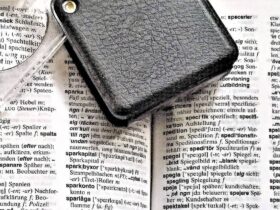
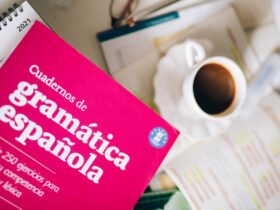






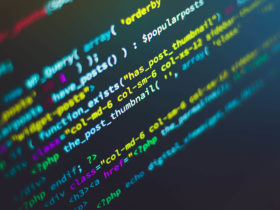


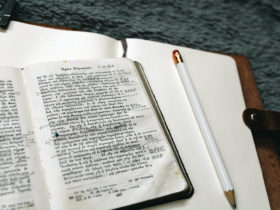




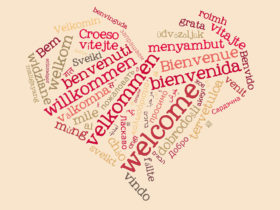


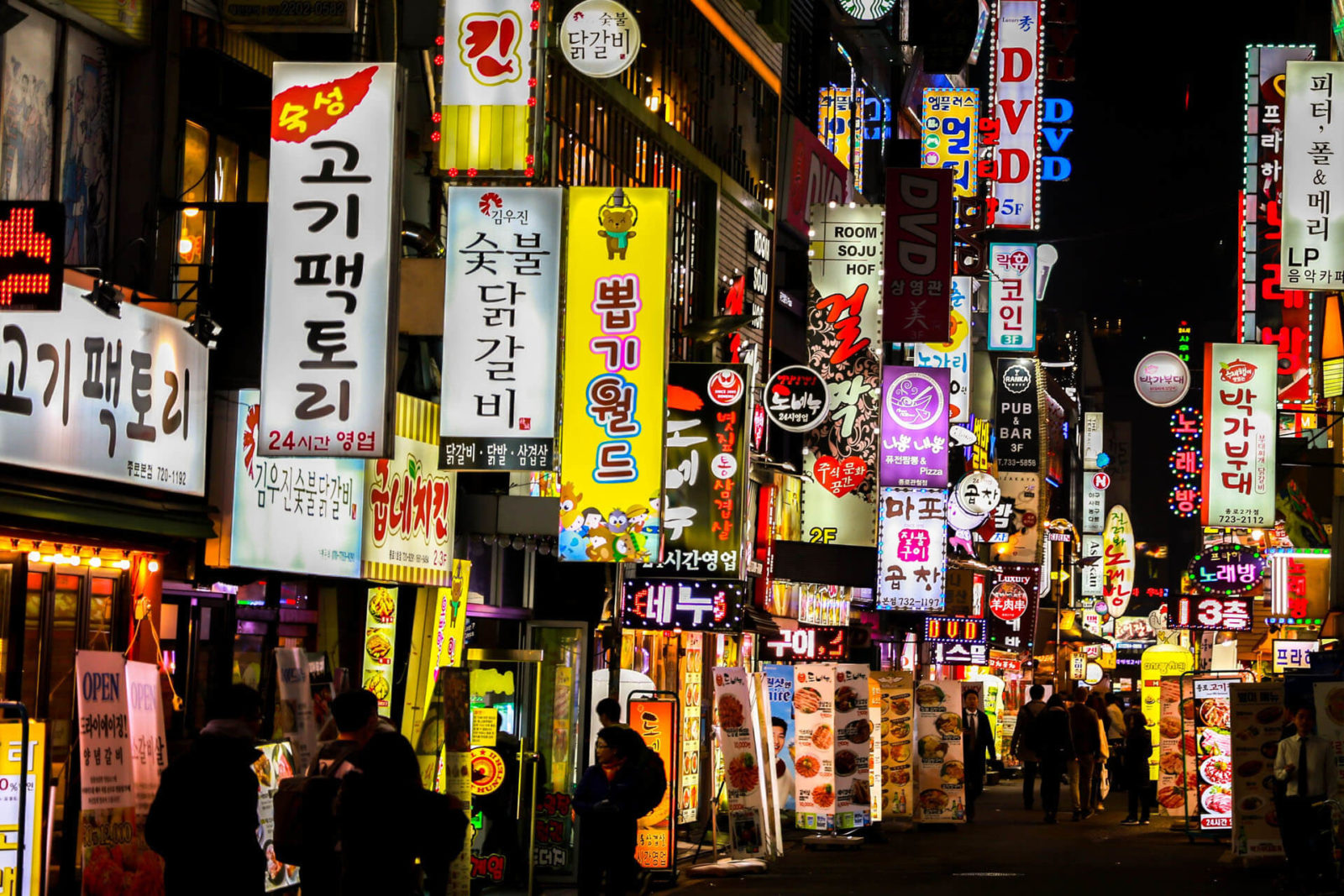
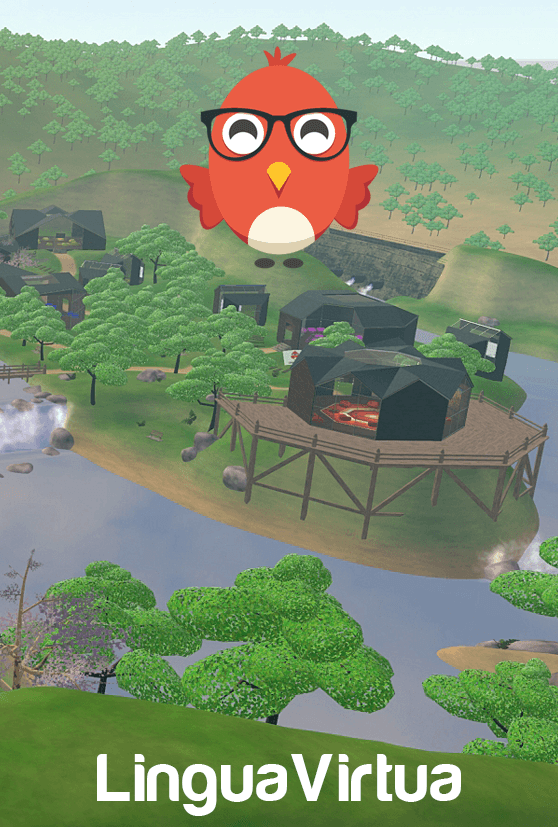
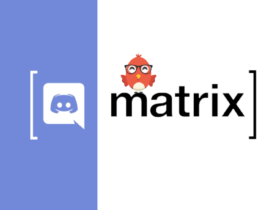
Leave a Reply